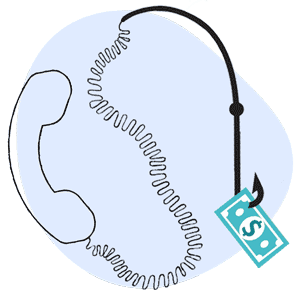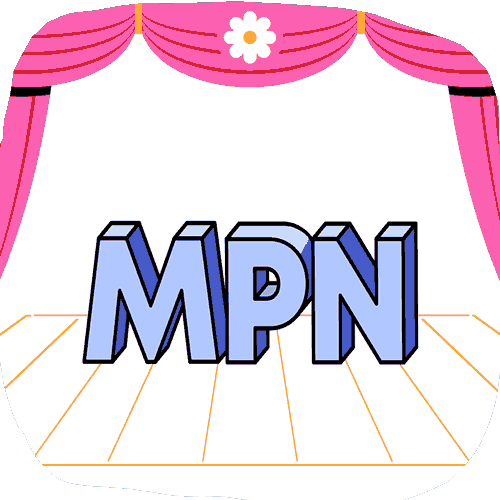CA MPNs: 10 Facts About Monetized Provider Networks

It is crucial for doctors to understand both how California Medical Provider Networks (MPNs) operate to restrict doctors from treating injured workers and how some “entities” monetize California’s convoluted and restrictive MPN system.
Prior to treating every injured worker, California workers’ comp law holds the doctor responsible for determining whether the doctor is included in an MPN established by an insurer or an employer. California law dictates that if the doctor is not included in the MPN, the doctor is responsible for declining treatment to the injured worker.
Failure to decline treatment often results in the employer’s claims administrator* denying reimbursement for the care the doctor provides, even if the claims administrator authorized that care.
Many doctors incorrectly believe that a claim administrator is empowered to establish an insurer or employer’s MPN. Doctors often report to us some version of the following: “I don’t want to be kicked out of [claims administrator]’s MPN, because then I won’t be able to treat the injured workers.”
But in fact, California grants only two kinds of entities the authority to establish an MPN that restricts injured workers’ choice of doctors:
- An insurer that provides workers’ compensation coverage for the employer, or
- A self-insured employer that opts to forgo workers’ comp insurance coverage
Crucially, a legitimate MPN is ultimately maintained by the injured workers’ employer — because either the employer’s insurer established the MPN on the employer’s behalf, or the employer is self-insured and established its own MPN.
Read on to learn some horrifying facts about how “entities” have contorted employer MPNs into “Monetized Provider Networks.”
How “Entities” Monetize MPNs
Despite the facts outlined above, California Labor Code technically allows entities other than insurers and self-insured employers to establish an MPN. Specifically, the Labor Code allows an “Entity that provides physician network services” to establish an approved MPN.
“Entities” that have established approved California MPNs include third-party administrators (TPAs), bill reviews, Preferred Provider Organizations (PPOs), and ancillary networks. Except, an MPN established by an “entity that provides physician network services” is neither an insurer nor a self-insured employer MPN.
Remember, only an employer’s insurer or self-insured employer may establish an MPN that restricts physician choice. California Labor Code Section 4616(d) mandates that:
“In developing a medical provider network, an employer or insurer shall have the exclusive right to determine the members of their network.” [emphasis added]
It is extremely important for doctors to understand that being listed in an MPN maintained by an “entity providing physician network services” is NOT equivalent to being included in an approved insurer or self-insured employer MPN. An MPN established by an “entity that provides physician network services” is only a list of doctors who agreed to be included in the “entity’s” MPN.
Often an “entity that provides physician network services” convinces doctors to accept reduced reimbursement rates in exchange for inclusion in the “entity’s” MPN. Subsequently, the “entity” may sell or lease the providers’ MPN contractual discounts to claims administrators and bill review services. Once sold or leased, payers use the contractual discount to reduce all of the doctor’s bills.
In this way, TPAs, PPOs, and other “entities” have turned MPNs into profit centers — without functioning as either an insurer or self-insured employer’s MPN.
Who Can Restrict Injured Workers’ Choice of Provider?
Only the employer's insurer or the self-insured employer may establish an MPN to restrict the pool of doctors from whom the employer’s injured workers may seek care. According to the website maintained by the California Division of Workers’ Compensation (DWC):
“A medical provider network (MPN) is an entity or group of health care providers set up by an [employer’s] insurer or self-insured employer and approved by DWC's administrative director to treat workers injured on the job.” [emphasis added]
Here are ten additional facts which demonstrate just how vicious this Monetized Provider Network system really is:
- The Division of Workers’ Compensation website currently lists 2,470 MPNs.
- Some claims administrators systematically deny treating physicians reimbursement for authorized care by citing the doctor is “out-of-network” — despite clear, unambiguous law barring this practice.
- MPN reimbursement denials do not include the actual name of the applicable insurer/employer MPN, or any other type of MPN identifier to justify the denial.
- The DWC website fails to offer coherent functionality for doctors to determine whether the doctor is included in an insurer or self-insured employer’s designated MPN.
- The DWC website fails to offer coherent functionality for injured workers to determine when care is restricted by an employer or insurer’s MPN.
- California allows an “entity that provides physician network services” to establish an MPN, even though an entity is neither an insurer or self-insured employer.
- California allows these “entities that provide physician network services” to threaten doctors with removal from their MPN lists, unless the physician agrees to accept reimbursement rates below those established by the Official Medical Fee Schedule (OMFS) — essentially a Pay-To-Treat scheme.
- Some claims administrators use the opaqueness of these MPNs to jerk injured workers from doctor to doctor to doctor (ironically known as a “transfer of care”).
- In California, claims administrators must approve all treatment provided to an injured worker by an MPN treating doctor; inclusion in an MPN does not automatically authorize treatment.
- Since claims administrators must authorize all care, MPNs serve no purpose except to restrict an injured workers’ choice of physician and to enrich “entities that provide physician network services.”
And a final “bonus” fact: California legislators attempted to do away with this corrupted MPN system and replace it with a statewide network. At the last minute, the proposed legislation was watered down to a meaningless “study” of the effects of MPNs.
California legislators should be horrified that self-dealing “entities” have taken California workers’ comp hostage, for the purpose of reaping enormous profits from doctors via Monetized Provider Networks.
Over the next several months, daisyBill will attempt to demonstrate precisely how each of the ten MPN facts above harm employers, injured workers, and the doctors who treat these injured workers. As a summary of the state of workers compensation in California:
- Via MPNs, only the employer’s insurer and self-insured employers are allowed to restrict an injured employee’s choice of physician.
- Often “Entities” monetized MPNs by convincing physicians to sign agreements to Pay-To-Treat.
- Claims administrators are allowed to decline treatment recommended by the MPN physician as “medically unnecessary.”
Even Kafka would be horrified.
*In workers’ compensation, the “claims administrator” is the entity the provider bills for the treatment of the injured worker. Claims administrators may include self-insured and self-administered employers, self-administered insurers, or TPAs designated by the insurer or employer.
Protect your practice. Harness the power of daisyBill software, data, and expertise for faster, better workers’ comp billing. Reach out to learn how we can help.
CONTACT US
DaisyBill provides content as an insightful service to its readers and clients. It does not offer legal advice and cannot guarantee the accuracy or suitability of its content for a particular purpose.






.gif)
